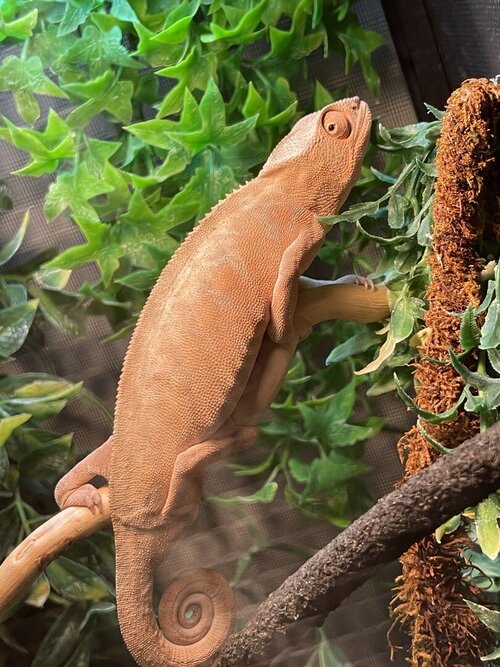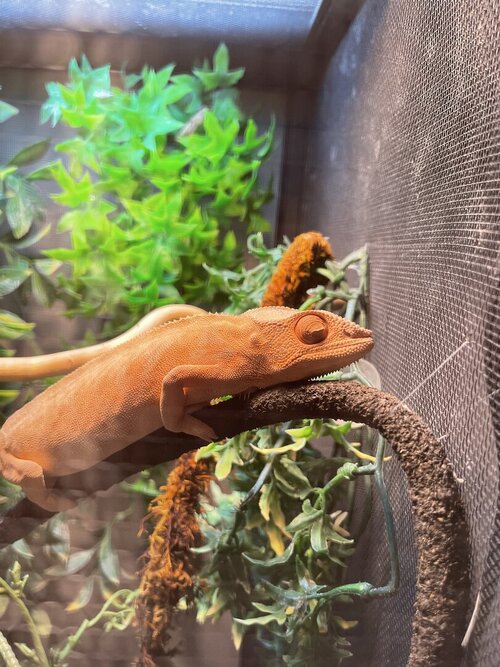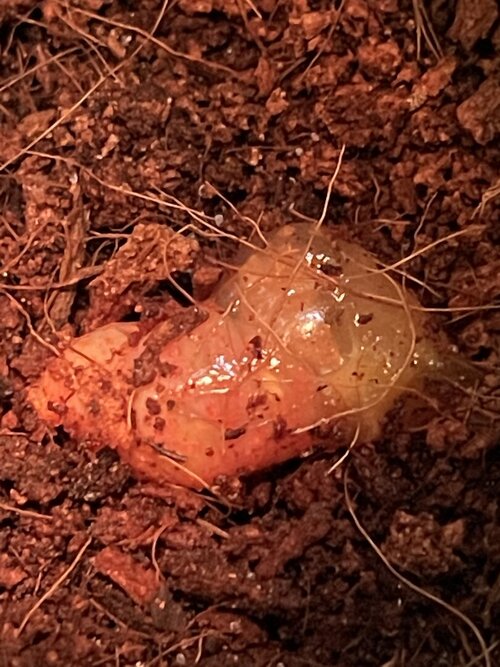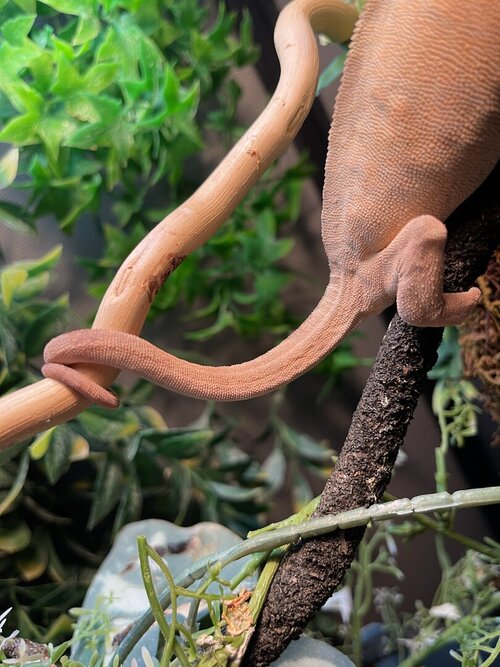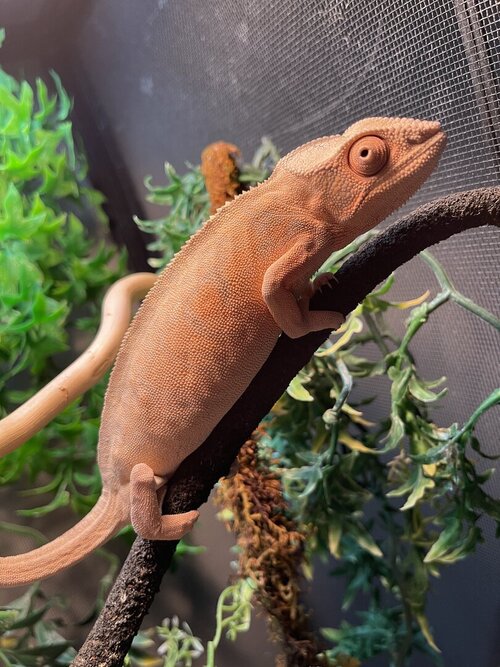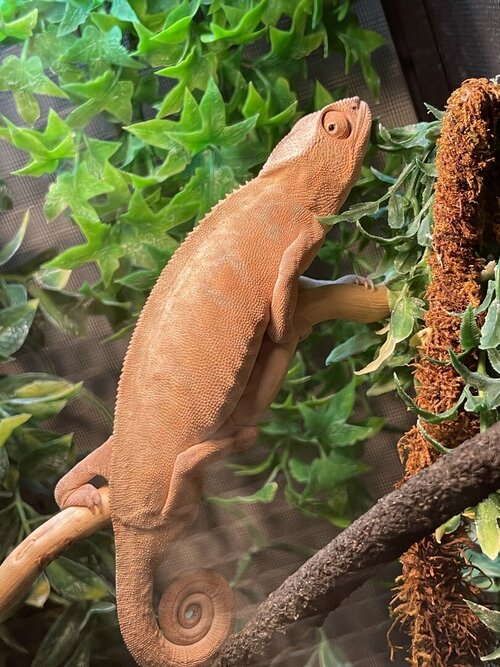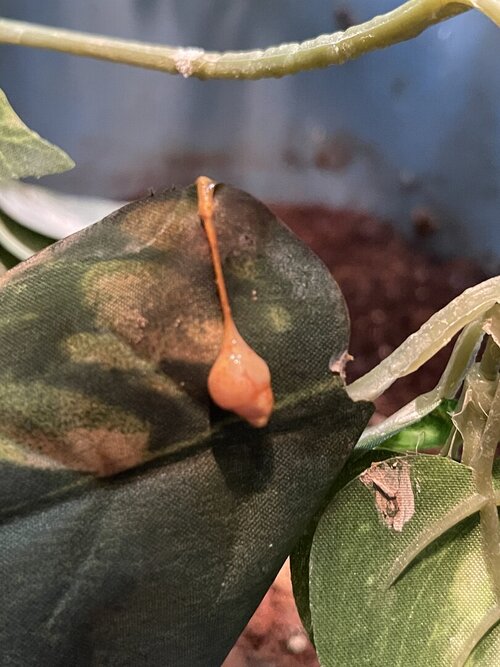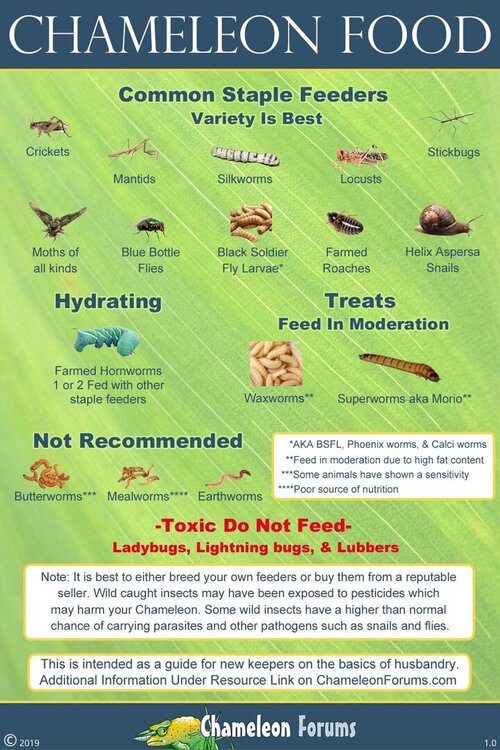KillBillSNYY
Member
My female panther hasn’t had an appetite for about two weeks now. I haven’t seen her eat in just over a week. I gave her an appetite stimulant and still haven’t seen her. She’s been drinking but has been very lethargic and closing her eyes randomly when she’s basking. Her eyes look a bit sunken. She has a substrate to lay her eggs but this will be her first clutch. She’s lost 20 grams in the last 3 months but weight loss has been rapid since she slowed down eating. She has soil to lay eggs in prepped for her in her enclosure. She’s 8-9 months old so this would be her first clutch. Her poop looks a little liquidy, almost like a jelly like substance around the poop. Just curious if anyone has any idea what’s going on or has any suggestions of what I can do going forward. She gets sprayed 2-3 times a day and has access to a dripper.

